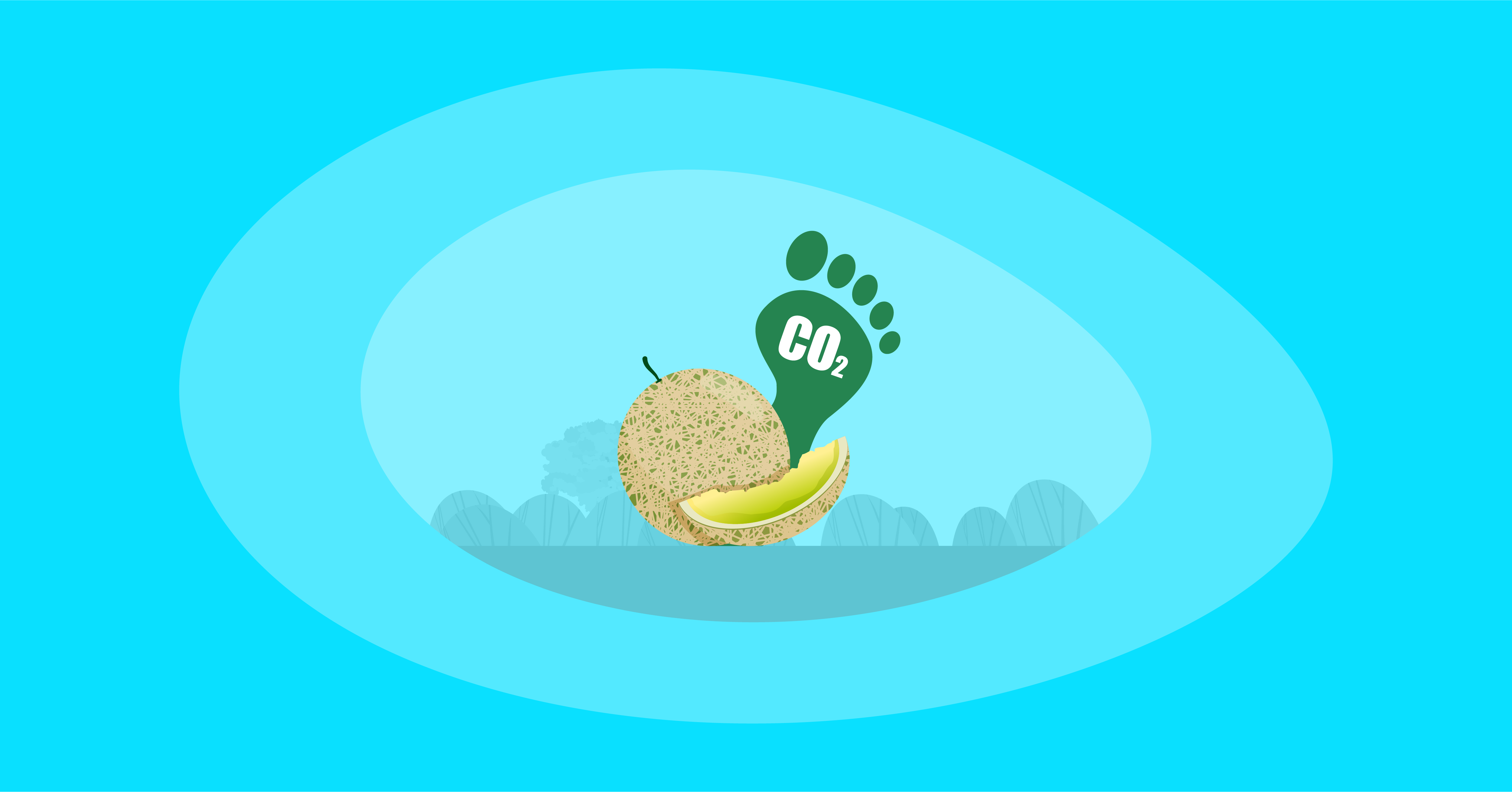What Is the Carbon Footprint of Onions? A Life-Cycle Analysis
As the third largest fresh vegetable industry in the United States, onions are a staple ingredient in many American households. In fact, onion consumption has risen by an enormous 79% over the last thirty years, and 93% of restaurants in America feature this root vegetable on their menus. However, much less is shared about the environmental impact, and especially the carbon emissions of onions. So we had to ask: What is the carbon footprint of onions?















